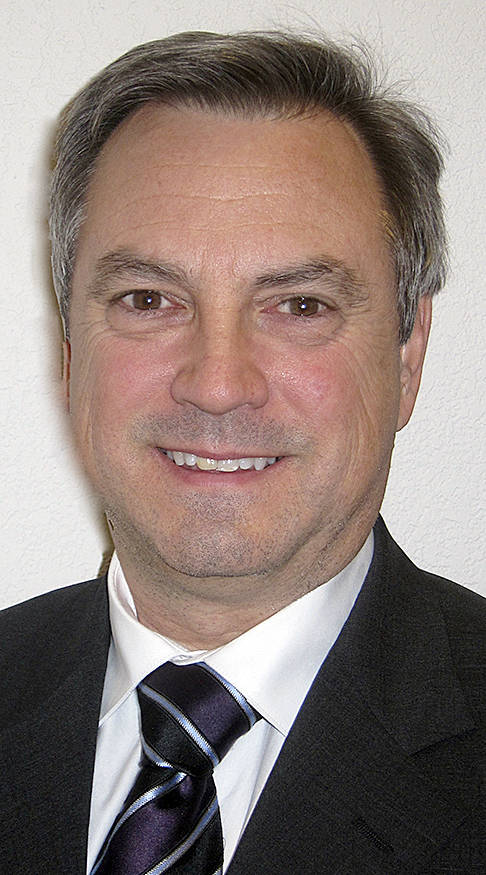Q: I received a letter from my mammogram facility saying that I had a lump and it was called BiRads-3, Probably Benign. What does that mean? Does probably benign mean possibly malignant? They asked me to return in six months for a re-check to see if it changed. What else can I do?
A: First, please stay calm and don’t worry. Let’s take the answers to your questions one step at a time.
BiRads stands for Breast Imaging Reporting and Data System. It was created a couple of decades ago by the American College of Radiology in an effort to help standardize the quality of mammography throughout the United States, and has been updated several times over the years.
BiRads has several categories to indicate whether a lump seen on a mammogram (or other mammographic finding) is benign, probably benign, or suspicious. These categories were developed by years of research into the appearance of a finding and the likelihood that it would represent cancer. A BiRads-3 category, as the research and literature support, indicates that your lump has less than a 2 percent chance of being a breast cancer (more than 98 percent sure it is harmless).
Furthermore, if in six months there is a change, and it turns out be a small cancer, the research and literature also demonstrate that nothing bad happens in that six-month period – it is still as treatable as it was six months prior. Because of this very high chance that the lump is non-cancerous, and waiting six months to see if it changes is not deleterious, many doctors feel it is safe to do a six-month recheck and keep 98 percent of the women from having to undergo a biopsy.
However, the point of your second question is well taken – if the lump is probably benign, that means there is a very slight chance that your doctor is wrong, and it could represent a small breast cancer. Many patients do not want to take any chance at all, so you can ask your doctor to perform a needle biopsy to make sure it is indeed benign. Needle biopsies are generally quick (15 minutes) and painless (you are numbed up like the dentist), and they are nearly 100 percent accurate, so if the results are benign, you can sleep well and won’t have to return in six months for a recheck.
Michael J. Ulissey, M.D., is a partner at the Breast Diagnostic Centers of Auburn and Federal Way. Reach him at michael.ulissey@cdirad.com.


